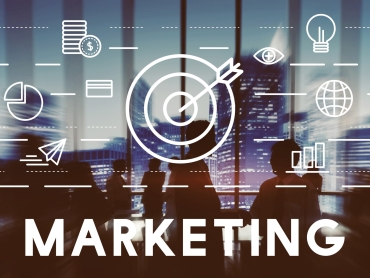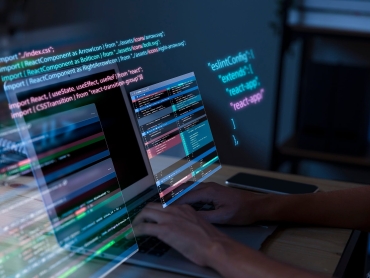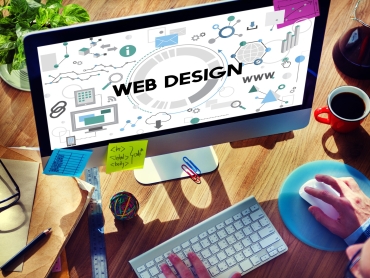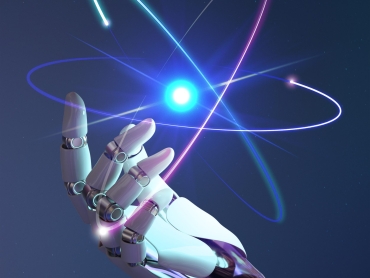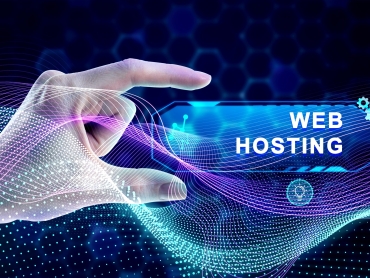The future of work is not about replacing humans with machines—it’s about empowering humans with smarter systems. Artificial Intelligence (AI) and Machine Learning (ML) have moved beyond being trendy buzzwords. In 2025, they are practical, proven technologies transforming automation across every industry.
Today, businesses are not just automating repetitive tasks; they are creating self-learning, adaptable systems that save time, cut costs, and deliver personalized outcomes. From manufacturing floors to customer support centers, AI and ML are making automation more human-centered, efficient, and predictive than ever before.
In this article, we’ll explore:
What AI and ML in automation really mean.
Why they matter for businesses in 2025.
Real-world use cases and industry applications.
The human side of automation and how work is evolving.
Benefits, challenges, and the future of intelligent automation.
What Are AI and ML in Automation?
At its core, Artificial Intelligence (AI) is the science of teaching machines to mimic human intelligence. It enables systems to perform tasks like reasoning, problem-solving, and natural language processing.
Machine Learning (ML) is a branch of AI that allows machines to learn from data and improve their performance without being explicitly programmed. Over time, ML algorithms refine themselves through experience, becoming more accurate and efficient.
When integrated into automation systems, AI and ML do more than just follow a fixed sequence of instructions. They create adaptive workflows that can analyze, predict, and even improve processes automatically.
Instead of simply automating a task like invoice processing, businesses can now use AI-powered bots that:
Extract data automatically from invoices.
Validate details against historical records.
Flag anomalies.
Learn from corrections made by humans to become more accurate over time.
This intelligence-driven automation is what sets 2025 apart from earlier waves of digital transformation.
Why Do AI & ML Matter for Automation in 2025?
1. Freeing Up Human Potential
Employees no longer have to waste hours on repetitive work such as scheduling meetings, sorting emails, or generating reports. With AI bots handling these tasks, humans can focus on creativity, strategy, and relationship-building.
2. Personalizing Experiences
AI doesn’t just automate—it adapts. By analyzing preferences and behaviors, ML-powered systems personalize workflows, product recommendations, and even employee support systems.
For example, customer support chatbots can offer tailored answers based on a customer’s history, while internal HR systems can customize employee learning recommendations.
3. Faster, More Accurate Decisions
ML algorithms identify patterns and trends in massive datasets faster than any human. This allows businesses to make smarter, data-backed decisions in areas like supply chain management, financial forecasting, and product development.
4. Enhancing Agility in Business
In a rapidly changing economy, the ability to pivot quickly is essential. AI and ML provide organizations with real-time insights that help them adapt workflows, cut risks, and seize opportunities.
Where AI & ML Shine in Automation: Real-World Use Cases
Here are some of the most powerful applications of AI and ML in automation today:
| Use Case | How It Works in 2025 | Business Impact |
|---|---|---|
| Predictive Maintenance | Sensors collect equipment data and feed it into ML models, predicting failures before they happen. | Reduces downtime and repair costs. |
| Quality Control | Computer vision and deep learning detect defects instantly on production lines. | Improves product quality and reduces waste. |
| Customer Support | NLP-powered chatbots resolve routine issues, while humans handle complex cases. | Cuts wait times and boosts customer satisfaction. |
| Hyperautomation | Entire workflows (e.g., invoice processing, onboarding) managed end-to-end by smart bots. | Saves time, reduces errors, and lowers costs. |
| Supply Chain Optimization | AI forecasts demand, adjusts inventory, and routes deliveries in real time. | Enhances efficiency and reduces delays. |
The Human Side of Automation
Contrary to fears that automation will eliminate jobs, the human side of AI and ML shows a more collaborative story.
Less Drudgery, More Creativity
Routine, repetitive tasks are automated, freeing humans to focus on innovation, leadership, and collaboration.Smarter Decisions, Not Just Faster
AI insights add depth and nuance to decision-making, going beyond what humans might notice at first glance.Collaboration with Machines
So-called “cobots” (collaborative robots) safely work alongside humans, adapting to feedback and sharing the workload.
Common-Sense Benefits of AI-Powered Automation
Lower Downtime & Costs: For example, BMW reduced unplanned downtime by 40% through AI-driven predictive maintenance.
More Accurate, Bias-Resistant Decisions: Unlike humans, AI relies on data, reducing the risks of subjective bias.
Inclusive, Accessible Workplaces: AI can translate languages, adjust workflows for employees with disabilities, and make digital environments more inclusive.
Challenges and Considerations
Of course, AI and ML in automation are not without challenges:
Data Quality Issues – Poor or biased data can lead to flawed AI outcomes.
Privacy Concerns – Storing and processing massive datasets raises ethical and legal questions.
Workforce Upskilling – Employees need continuous training to work effectively alongside intelligent automation.
High Initial Costs – While ROI is strong, the upfront investment can be a barrier for small businesses.
The Future of AI and ML in Automation
By 2030, AI and ML will be integrated into almost every workflow, creating what experts call the “autonomous enterprise”. Businesses will use AI not just for efficiency but also to create resilient, adaptive systems that thrive in unpredictable markets.
Smarter Supply Chains will predict global disruptions before they happen.
AI-First Business Models will dominate industries like healthcare, logistics, and finance.
Ethical AI Frameworks will become mandatory, ensuring fairness, privacy, and accountability.
The companies that succeed will be those that adopt AI and ML not as tools for replacement, but as partners for growth.
Final Thoughts
In 2025, AI and ML in automation are not science fiction—they’re the engine of smarter work. Businesses that embrace them will unlock innovation, efficiency, and human potential like never before.
The shift isn’t about man vs. machine. It’s about creating synergy between humans and intelligent systems, allowing us to do what we do best: think, create, and connect.




